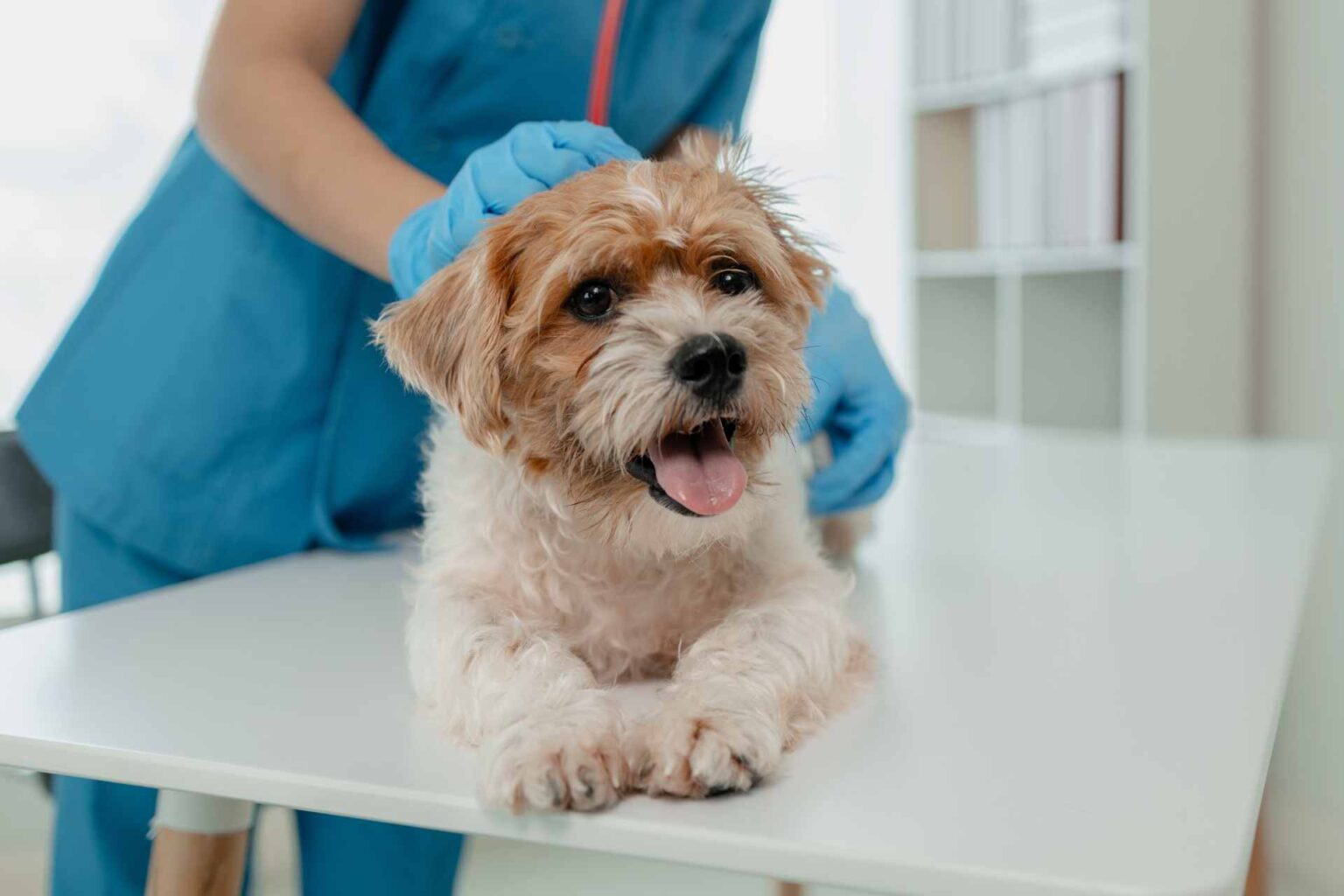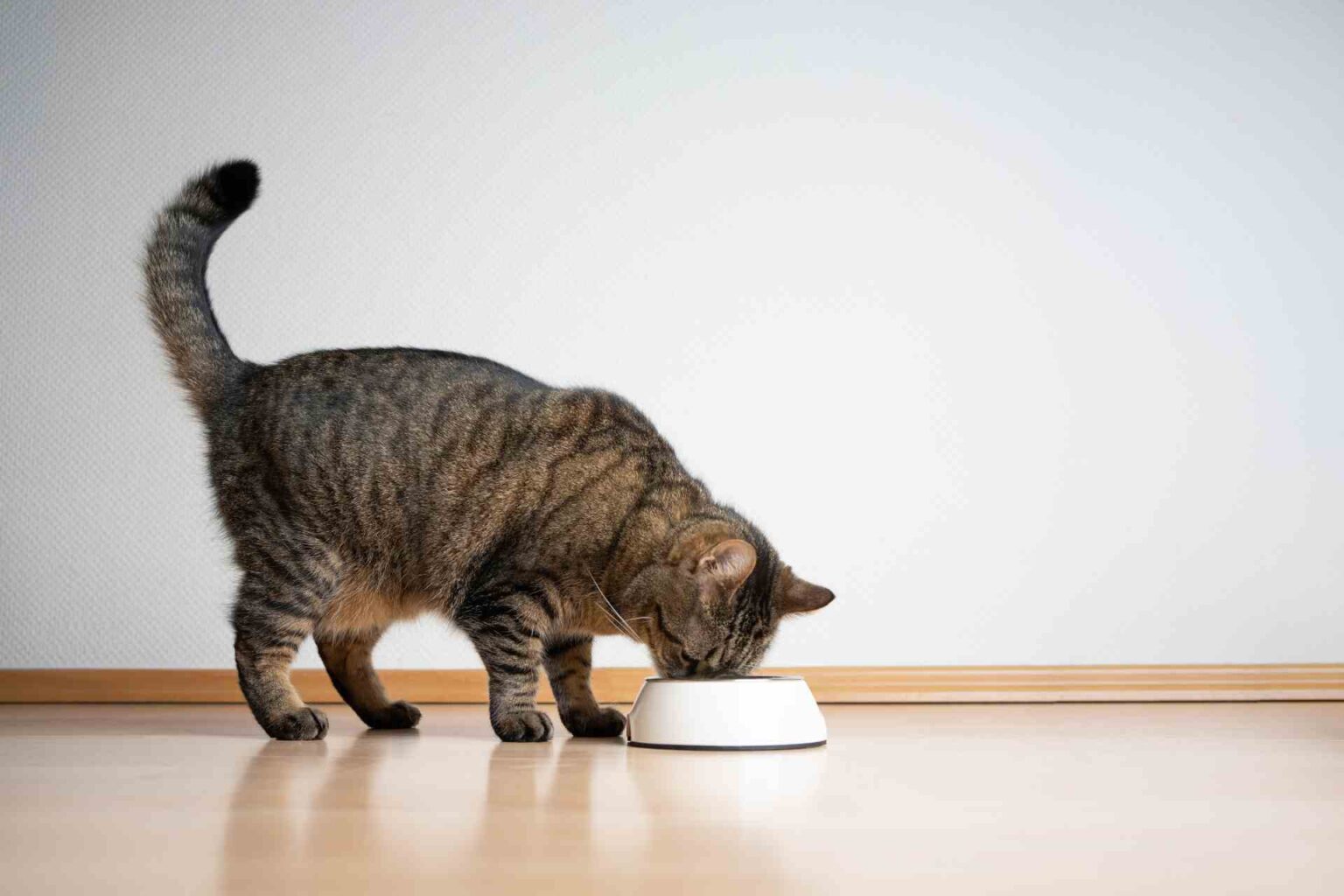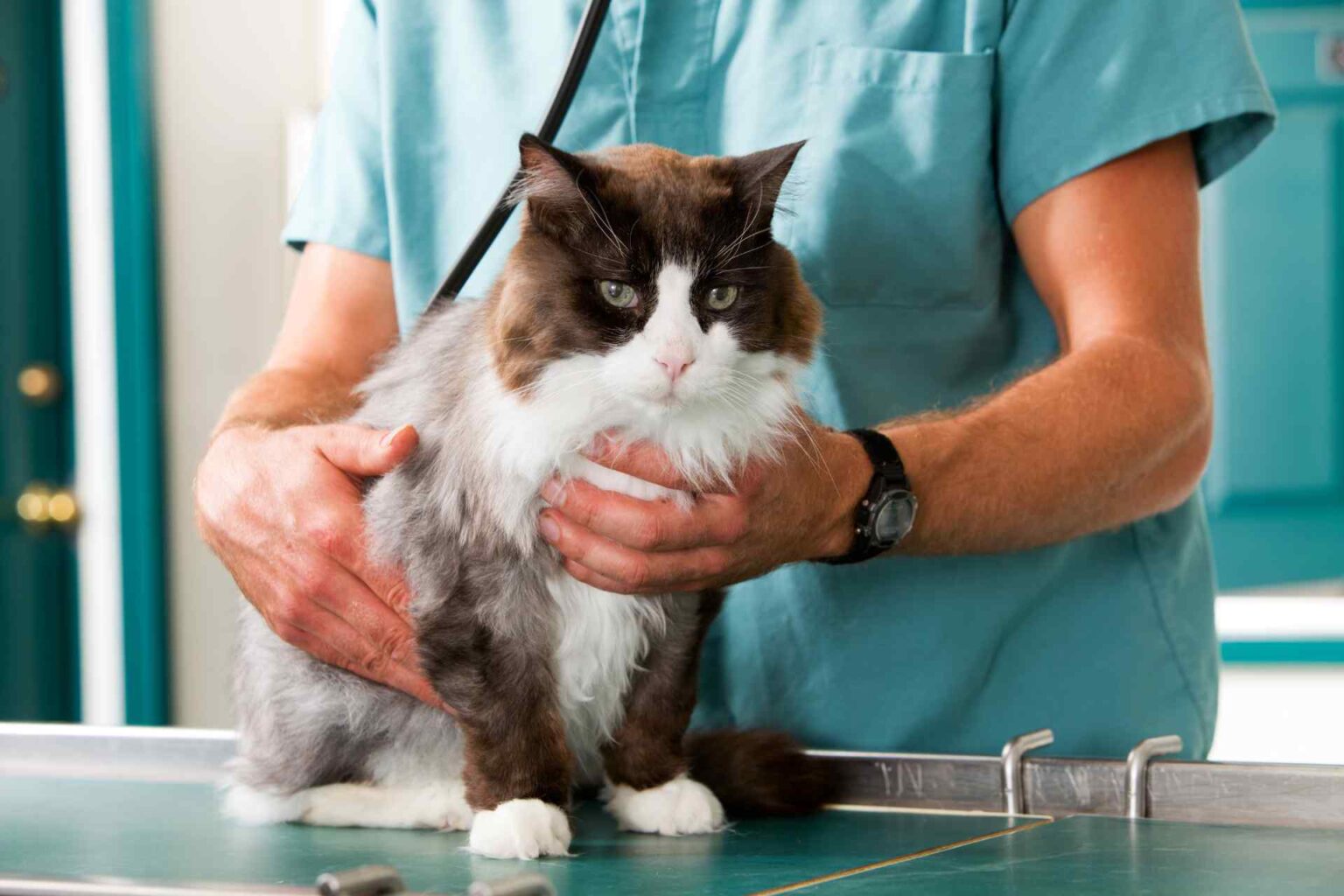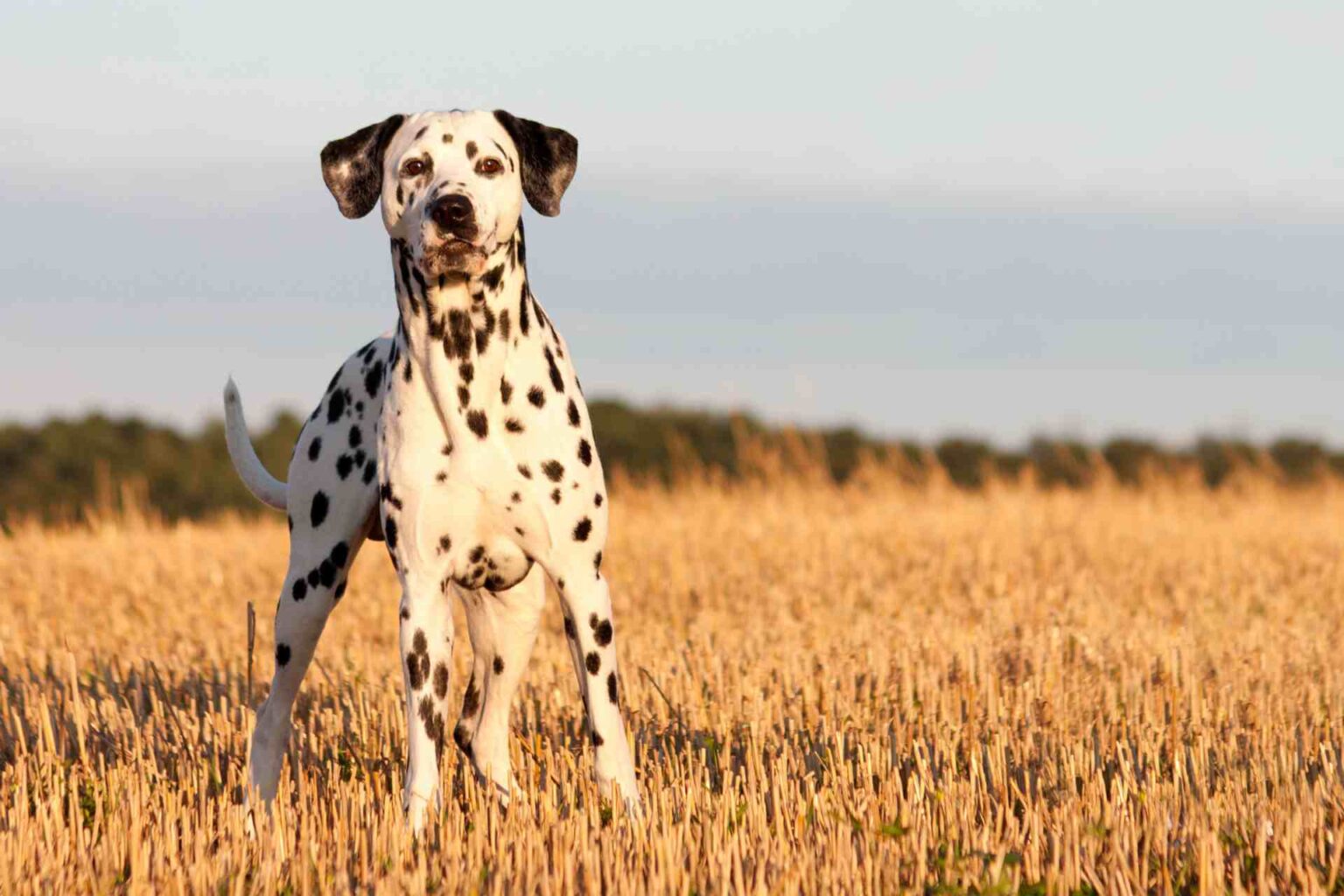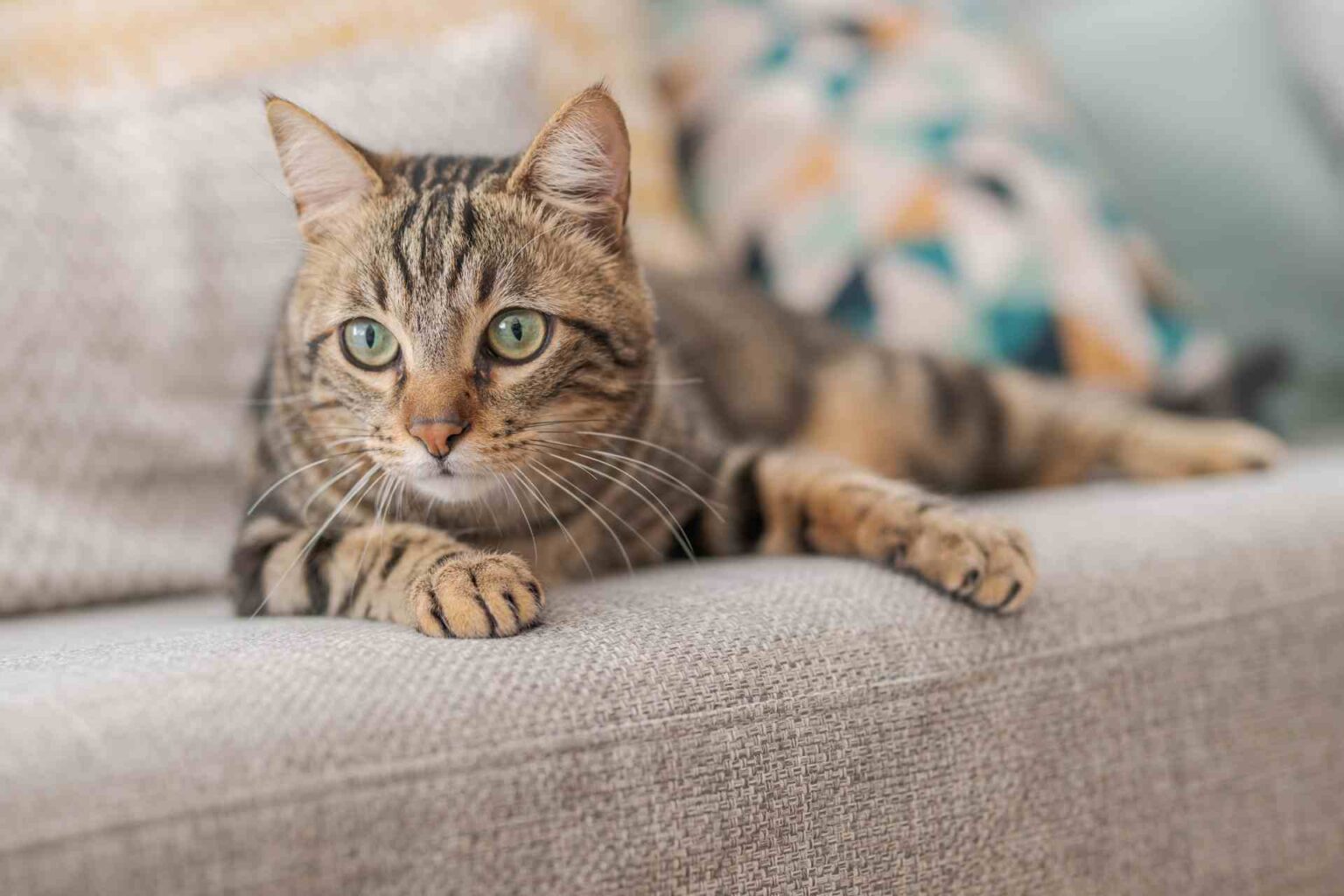A problem that is far from uncommon in both dogs and cats, severe oral manifestations of an inflammatory nature take the form of injuries of the oral cavity, but they can often reveal a ‘systemic origin and, in any case, go to heavily interfere with the pet’s quality of life, in some cases even its survival.
Timely diagnosis and appropriate approach therefore appear crucial. Developing this critical theme is a reviewFrench-US review published in the journal The Veterinary clinics of North America. Small animal practice, which describes the most recent acquisitions in this branch of oral pathophysiology applied to veterinary medicine.
The content and didactic approach of the chapters
As the authors are quick to point out, in the dog, the starting point is a thorough physical examination, with the classic investigations that are routinely performed in the inflammatory setting, namely: complete blood count, blood chemistry and urinalysis, and thyroid evaluation.
In the diagnostic setting, the usefulness of the DAMNIT algorithm(D = degenerative, developmental, A = Auto-immune, allergic, anatomic, M = metabolic, mechanical, N = nutritional, neoplastic, I = infectious, inflammatory, idiopathic, immune mediated, T = toxic, traumatic) is emphasized as an aid to initial differential guidance.
For the dog, the following are thus reviewed, in order:canine chronic ulcerative stomatitis(CCUS), eosinophilic stomatitis, and Wegener’s granulomatosis. Note that each treatment includes a brief description of a pathophysiological nature that is also useful for its identification in diagnosis, the distinguishing features in terms of differential diagnosis, the histological findings and theimpact at the level of the microbiota a documented review of the therapeutic options which describes in a reasoned way the reasons why certain protocols prove effective.
Each chapter concludes with a summary outline on the management that should be reserved for the form after the overall oral assessment and treatment.
In the cat, differential diagnosis takes on additional value
In the cat, severe manifestations of an inflammatory nature in the oral cavity are particularly common, and since oral squamous cell carcinoma is the most frequent oral cancer in this species, the differential diagnosis understandably takes on additional value.
In fact, as is explained in the review, in a retrospective study conducted in 2020, based on histological criteria, for example, it was found that inflammatory lesions covered 63% of cases and neoplastic lesions 37%.
In the French-U.S. work, in each case, the treatment approach is the same as that reserved for the dog, but in this case the feline chronic gingivostomatitis (Feline Chronic Gingivostomatitis, FSGS) including the caudal shape, Oral eosinophilic lesions, pyogenic granuloma, and oral manifestations of autoimmune diseases (pemphigus vulgaris, bullous pemphigoid, mucosal pemphigoid).
A useful reminder and thoughtful review of the approach
The review published in The Veterinary clinics of North America. Small animal practice represents, in short, a decidedly interesting work to consult, both as an up-to-date reminder of forms that have a number of manifestations in common but are not always easy to identify and discriminate one from the other, and because it suggests theMost effective treatment approach according to the most up-to-date evidence in the literature, Even in cases refractory to treatment, which are therefore more problematic to manage in clinical practice.
Reference
Anderson JG, Hennet P. Management of Severe Oral Inflammatory Conditions in Dogs and Cats. Vet Clin North Am Small Anim Pract. 2022;52(1):159-184. doi:10.1016/j.cvsm.2021.09.008





